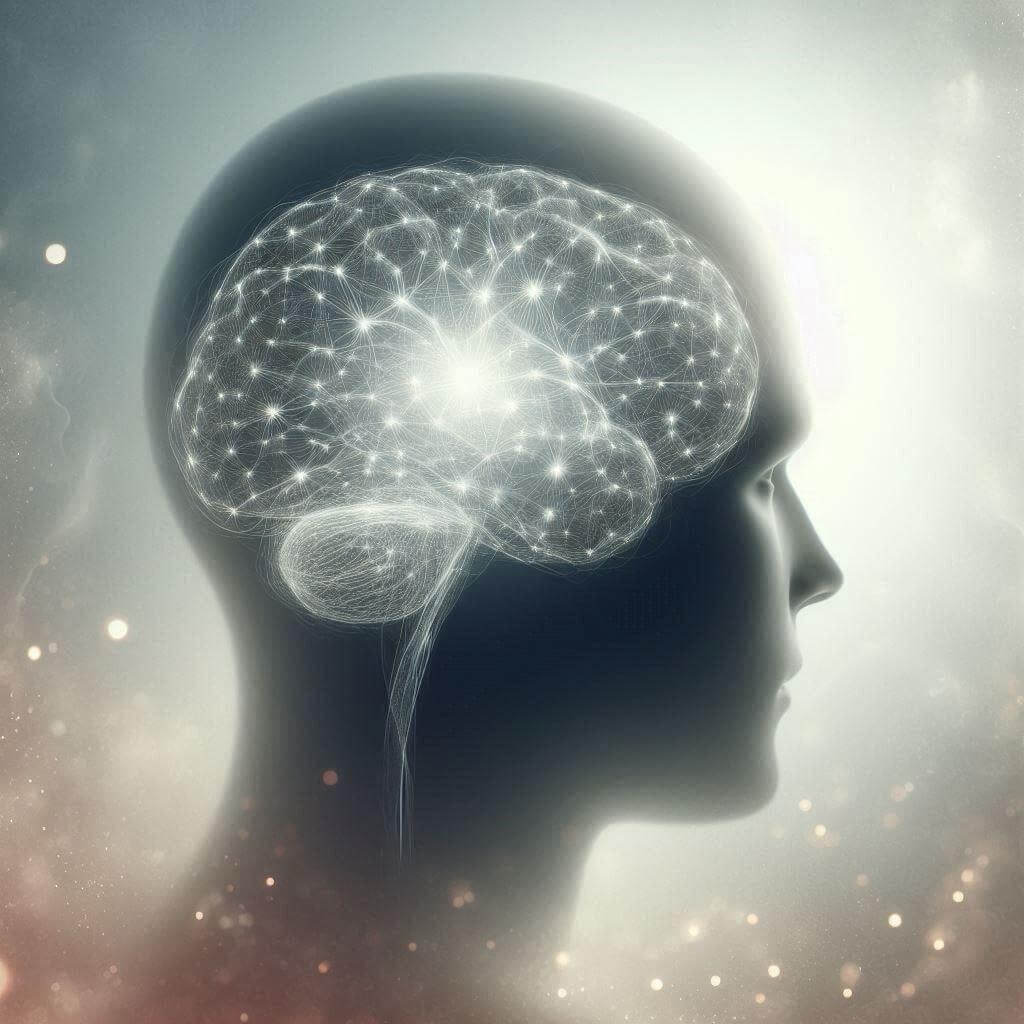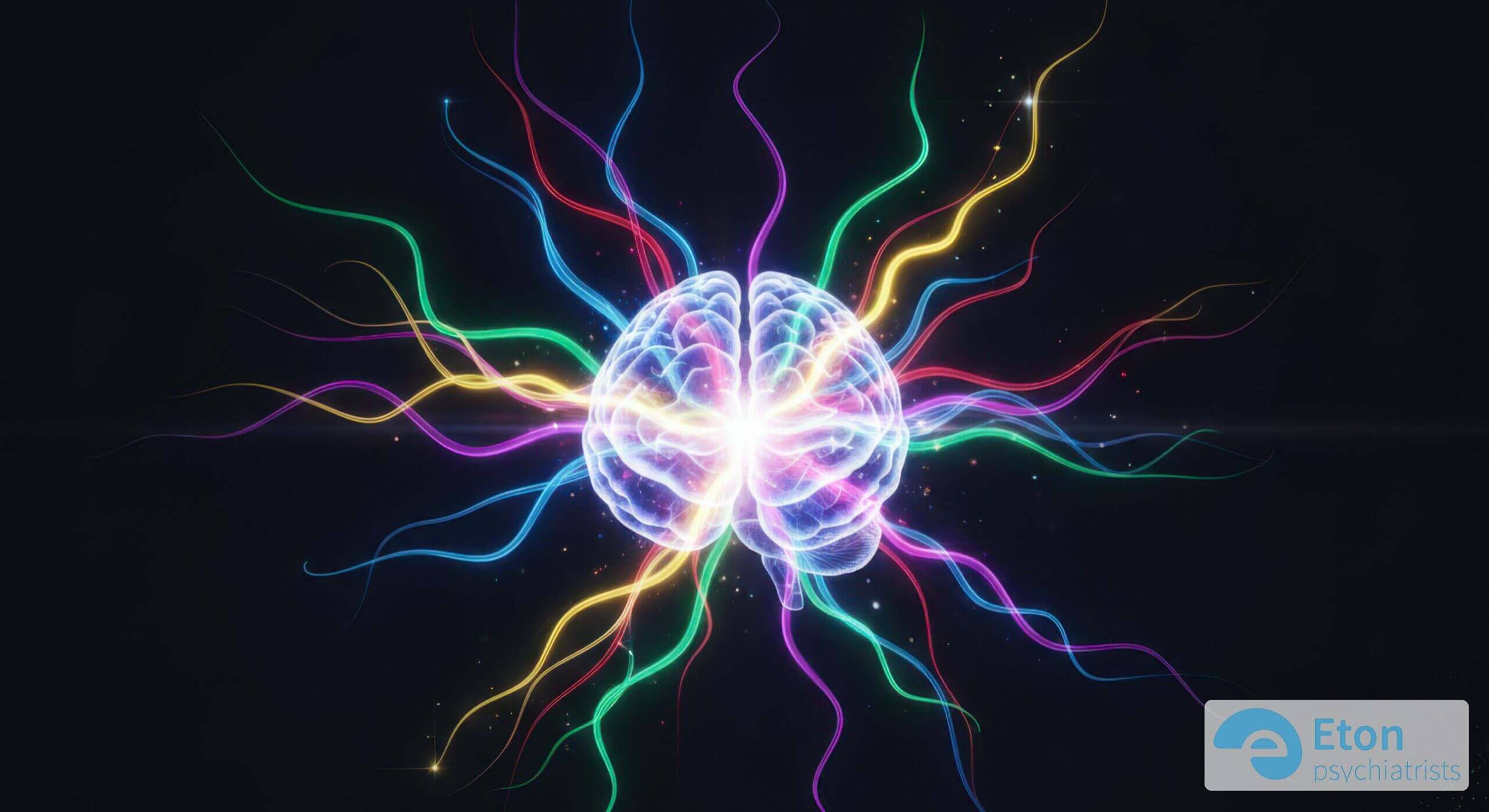
Neurodiversity: ADHD and Autism Across Life
Listen to the Article
For those on the go or who prefer listening, you can play the full audio version of this deep dive below.

ADHD and Autism are neurodevelopmental conditions, meaning they originate in brain development that starts before birth and continues throughout life. They are not phases a person grows out of, nor are they conditions that suddenly appear in adulthood. Instead, the ways ADHD and autism manifest evolve and change across the lifespan, shaped by biological development, hormonal shifts, environmental demands, and the coping strategies individuals learn along the way. Understanding this dynamic, lifelong nature is crucial for accurate diagnosis, effective support, and compassionate self-understanding at every stage, from recognising autism in toddlers to navigating late diagnosis autism in older adults.
Table of Contents
- Signs in Toddlers and Young Children: The Early Landscape
- Childhood: Social Dynamics and Academic Pressures
- Adolescence: Puberty, Identity, and Independence
- Adulthood: Careers, Relationships, and Masking
- The Phenomenon of Late Diagnosis
- Hormonal Shifts: Menopause and ADHD/Autism
- Lifelong Support: Adapting Strategies Over Time
- Why Trust Eton Psychiatrists?
- Summary
- Frequently Asked Questions
Signs in Toddlers and Young Children: The Early Landscape
Early signs of autism and ADHD can often be subtle and vary greatly between children. Recognising autism in adults often involves looking back at these early years.

- Autism in Toddlers: What are the signs of autism in toddlers? Early indicators might include differences in social communication (e.g., delayed speech, limited eye contact, not responding to their name), restricted interests (intense focus on specific toys or topics), and repetitive behaviours (e.g., hand flapping, lining up objects, insistence on sameness). Sensory sensitivities might also be apparent early on.
- ADHD in Children: Signs often become more noticeable as children enter structured environments like preschool. These can include significant difficulty sitting still, excessive talking or interrupting (hyperactivity impulsivity), and challenges sustaining attention during activities or following instructions (inattention).
It’s vital to remember that all children develop at different paces, and these signs must be persistent and cause impairment to warrant a clinical evaluation.
Childhood: Social Dynamics and Academic Pressures
As children enter school age, the demands on executive function and social skills increase, often highlighting ADHD and autistic traits more clearly.
- Autism: Challenges may arise in navigating complex social rules, understanding non literal language, making and keeping friends, and adapting to changes in routine. Sensory sensitivities can make the classroom environment overwhelming. Intense interests may become more pronounced.
- ADHD: Difficulties with organisation, planning homework, staying seated, waiting their turn, and managing impulsivity become more apparent. Inattentive symptoms can lead to overlooked academic struggles if the child isn’t disruptive.
This is often the age when formal diagnosis occurs, especially for boys whose externalising symptoms may be more noticeable to teachers.
Adolescence: Puberty, Identity, and Independence
Adolescence is a period of significant biological and social change, often amplifying the challenges associated with ADHD and autism.

- Autism and Puberty: Hormonal changes can intensify emotional sensitivity and sensory overwhelm. The increasingly complex social landscape of secondary school can be particularly challenging for autism in teenagers, leading to increased anxiety or social withdrawal. Masking behaviours often become more sophisticated during this time as teens try to fit in.
- ADHD and Puberty: Increased demands for independence and self management can strain already challenged executive functions. Impulsivity might manifest in riskier behaviours. Inattentive symptoms can significantly impact academic performance as workload increases. Emotional dysregulation may become more pronounced.
This stage is critical for identity formation. Understanding their neurotype can be empowering for teenagers, helping them make sense of their experiences and advocate for their needs.
Adulthood: Careers, Relationships, and Masking
In adulthood, the presentation of ADHD and autism continues to evolve. Hyperactivity often lessens or becomes internalised as restlessness. However, challenges with executive function, emotional regulation, and social communication frequently persist and impact work, relationships, and daily life management.
- Autism in Adults: Many adults develop sophisticated masking strategies to navigate neurotypical environments, which can be effective but lead to exhaustion and burnout. Challenges may persist in initiating/maintaining relationships, understanding workplace politics, managing sensory overload in adult environments (e.g., open plan offices), and coping with changes in routine.
- ADHD in Adults Symptoms: Core symptoms often manifest as chronic procrastination, poor time management, difficulty completing tasks, relationship instability, impulsive decision making, and emotional volatility. Many adults experience significant feelings of underachievement or imposter syndrome.
The Phenomenon of Late Diagnosis
A growing number of adults are receiving an ADHD or autism diagnosis later in life, often in their 30s, 40s, 50s, or even later. Why does this happen?

- Missed Childhood Signs: Especially for girls and those with primarily inattentive presentations, symptoms may have been overlooked or misattributed in childhood.
- High Intelligence/Coping Skills: Some individuals develop effective coping mechanisms or rely on high intelligence to compensate for their challenges, masking the underlying condition until life demands increase (e.g., university, parenthood, career progression).
- Increased Awareness: Greater public understanding and media representation mean more adults recognise traits in themselves.
- Seeking Help for Co occurring Conditions: Many adults seek help for anxiety or depression, only to discover through a thorough assessment that undiagnosed ADHD or autism is a contributing factor.
Late diagnosis autism or late diagnosis adhd can be a profoundly validating experience, providing a framework for understanding a lifetime of experiences and paving the way for targeted support and self acceptance.
Hormonal Shifts: Menopause and ADHD/Autism
Hormonal fluctuations significantly impact neurodevelopmental conditions, particularly for women.
- Autism and Menopause: Changes during perimenopause and menopause can intensify sensory sensitivities, increase anxiety, and exacerbate difficulties with executive function or social overwhelm for autistic women.
- ADHD and Menopause: How does menopause affect adhd? The decline in estrogen during perimenopause and menopause directly impacts dopamine regulation, often leading to a significant worsening of ADHD symptoms. Women may experience increased brain fog, memory problems, inattention, and emotional dysregulation, sometimes prompting them to seek a diagnosis for the first time.
Lifelong Support: Adapting Strategies Over Time
Because ADHD and autism are lifelong conditions with evolving presentations, support strategies must also adapt over time. What works for a child may not work for an adult. Effective management involves ongoing self awareness, flexibility, and accessing appropriate support, which might include:
- Medication adjustments.
- Different therapeutic approaches (e.g., CBT, occupational therapy).
- Changes in environmental accommodations (workplace adjustments, sensory tools).
- Developing new coping mechanisms as life demands shift.
Recognising neurodiversity as a lifelong journey allows individuals and their support networks to proactively adapt and thrive at every stage.
Why Trust Eton Psychiatrists?
At Eton Psychiatrists, we specialise in the assessment and support of adults with ADHD and Autism across the lifespan. Our experienced clinicians understand the dynamic nature of these conditions and how they present differently at various life stages, including the nuances of late diagnosis and the impact of hormonal changes. We provide comprehensive, NICE guideline compliant assessments and evidence based, personalised support strategies tailored to your current needs.
Summary
- Lifelong Conditions: ADHD and Autism are neurodevelopmental conditions present from birth, with symptoms evolving across the lifespan.
- Early Signs: Signs in toddlers can include differences in social communication, play, and sensory responses (Autism), or high activity levels and difficulty focusing (ADHD).
- Adolescence Challenges: Puberty and increased social/academic demands often amplify autistic and ADHD traits, impacting identity formation and independence.
- Adult Presentation: Symptoms persist but may change form (e.g., internalised hyperactivity). Executive function, emotional regulation, and social challenges often remain significant. Masking is common, especially in women.
- Late Diagnosis: Many adults are diagnosed later in life due to missed childhood signs, effective masking, increased awareness, or hormonal changes (like menopause significantly impacting ADHD).
- Adaptive Support: Effective management requires understanding the evolving nature of these conditions and adapting support strategies throughout life.
Frequently Asked Questions
Can ADHD or Autism suddenly appear in adulthood?
No. By definition, ADHD and Autism are neurodevelopmental conditions, meaning the neurological differences are present from early development. However, they may only become apparent or diagnosed in adulthood when life demands increase, coping strategies become insufficient, or awareness leads to recognition of lifelong traits.
How does menopause affect ADHD symptoms?
The decline in estrogen during perimenopause and menopause negatively impacts dopamine levels and prefrontal cortex function. This often leads to a significant worsening of ADHD symptoms like brain fog, memory problems, inattention, executive dysfunction, and emotional dysregulation, even in women who previously managed well.
Why is autism diagnosed later in girls and women?
Diagnosis is often later due to several factors: diagnostic criteria historically based on male presentations, girls often having more internalised symptoms, societal expectations encouraging girls to mask or camouflage their traits, and intense interests sometimes being more socially acceptable than those typical in boys.
Do ADHD or Autism symptoms change with age?
Yes, the way symptoms manifest often changes. For example, overt hyperactivity in childhood ADHD may become internal restlessness in adulthood. Social communication challenges in autism might be managed through learned masking techniques later in life. Hormonal changes and life stressors also influence symptom intensity over time.



